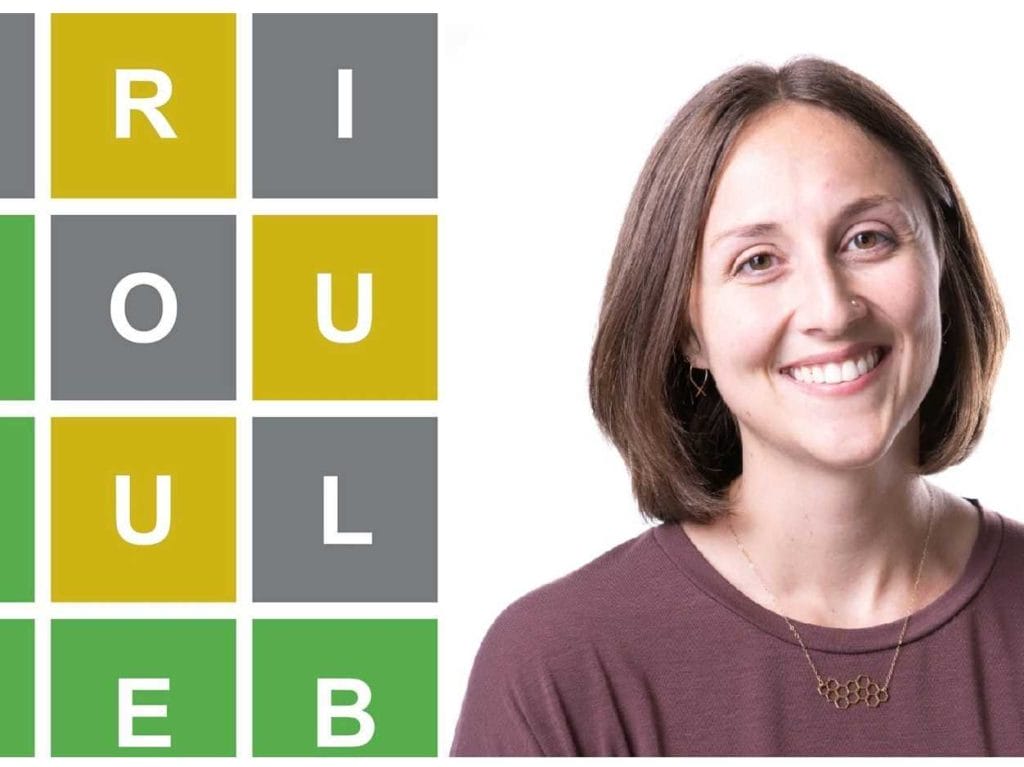When Wordle Meets UX, It’s a Perfect Storm (and That’s a Good Thing)

As many people know, Wordle, the web-based puzzle game that gives players six attempts to guess a five-letter word once each day, has taken the world by storm and is especially prevalent on social media platforms like Facebook where players can compare their scores and answers with each other.
For Danielle Green, who is assistant professor of practice in the Division of Organizational and Behavioral Sciences, the game – when allied to the User Experience (UX) platforms she teaches – represents a “perfect storm” of all the right elements coming together in a synergistic meld of human cognition and technology.
“I would just say there’s a big benefit when people are able to pull in that theory and apply it to best practices,” she said. “And organizations are seeing great experiences come out of that application.”
According to Professor Green, Wordle has cognitive elements of being a very rewarding experience in the short-term; and in the long-term, it has an added appeal in the way that it engages the brain. In addition, the game uses a simple interface and design that are intuitive and clearly communicate to the user in a way that creates “a low barrier of entry” for anyone who wants to take part.
There are lots of great games out there, says Green,
but if the interface isn’t easy to use,
they won’t be popular.
“Wordle is an ideal platform for what we’re trying to train our students to do in the UX program,” she explained, “which is to be able to help organizations apply some scientific rigor as well as mitigate risk across regarding various factors.”
Wordle, Green added, “is a case where you have a digital product, and it’s a game that checks a lot of boxes and creates that sort of perfect storm of factors that has led to its booming success.”
Exactly how Green used Wordle as a model for UX came about via “unpacking” some of the factors that led to the game’s success.
“I took a peek at it from a cognitive science perspective and also from a UX perspective and we were able to break it down into what led to this great, successful game,” she said.
Unlike the word puzzles that the game conjures, to Green the popularity of the Wordle game itself is readily apparent.
“Fundamentally, you have the elements of a good game,” she said. “You’ve got a short-term reward because you only have one word per day to get right and that creates some stakes. And the long-term reward is what folks share on social media and that’s a very community-oriented, potentially fulfilling, long-term reward factor of the game.”
However, Green doesn’t think those two attributes alone would have led to Wordle being so hugely successful if not for the simplicity and actual implementation and design of the interface.
“The simplicity and clarity of that design implementation allows for people to access this game,” she said. “I mean, there are lots of great games out there, but if the interface isn’t easy to use and intuitive, the game won’t be popular.”
“We’re all increasingly digital,” she continued, “but also looking for escapism – little moments – and isn’t it fun that here’s this guilt-free game? It’s a brain game so there’s no social stigma that surrounds playing it, and it just takes a few moments of your day, so there’s no guilt there, either. It’s the digital experience creating a sense of community.”
- Learn more about the Applied Cognitive Psychology: User Experience program at CGU